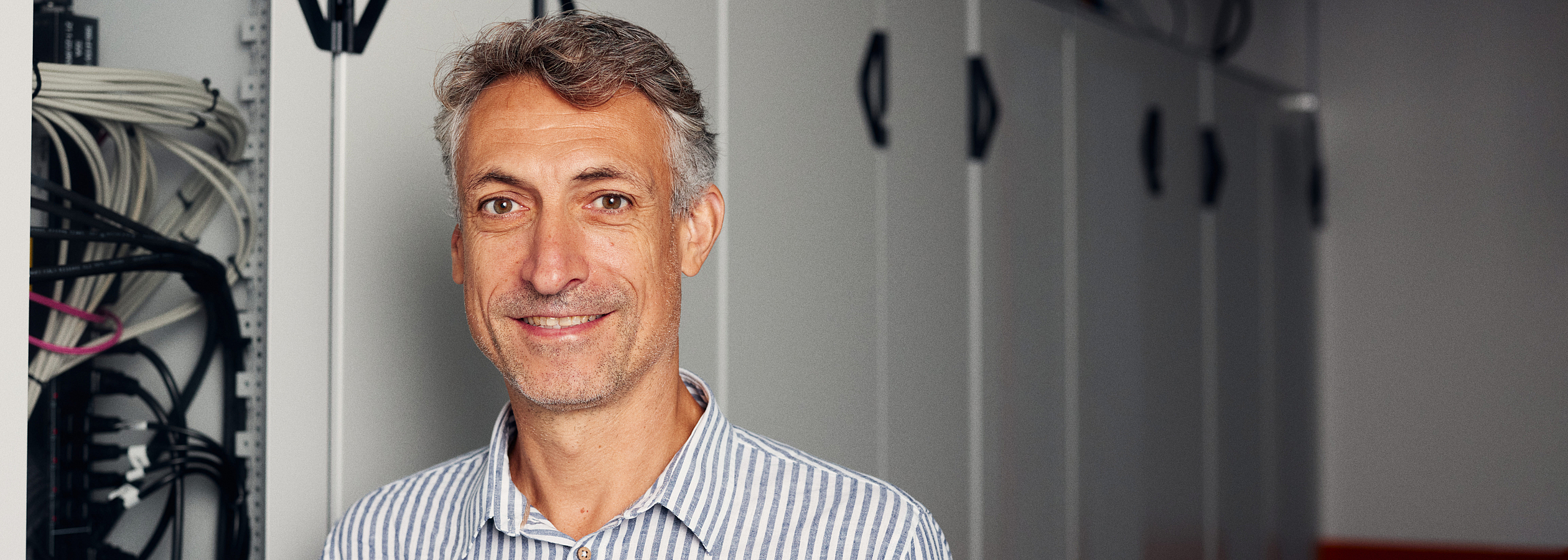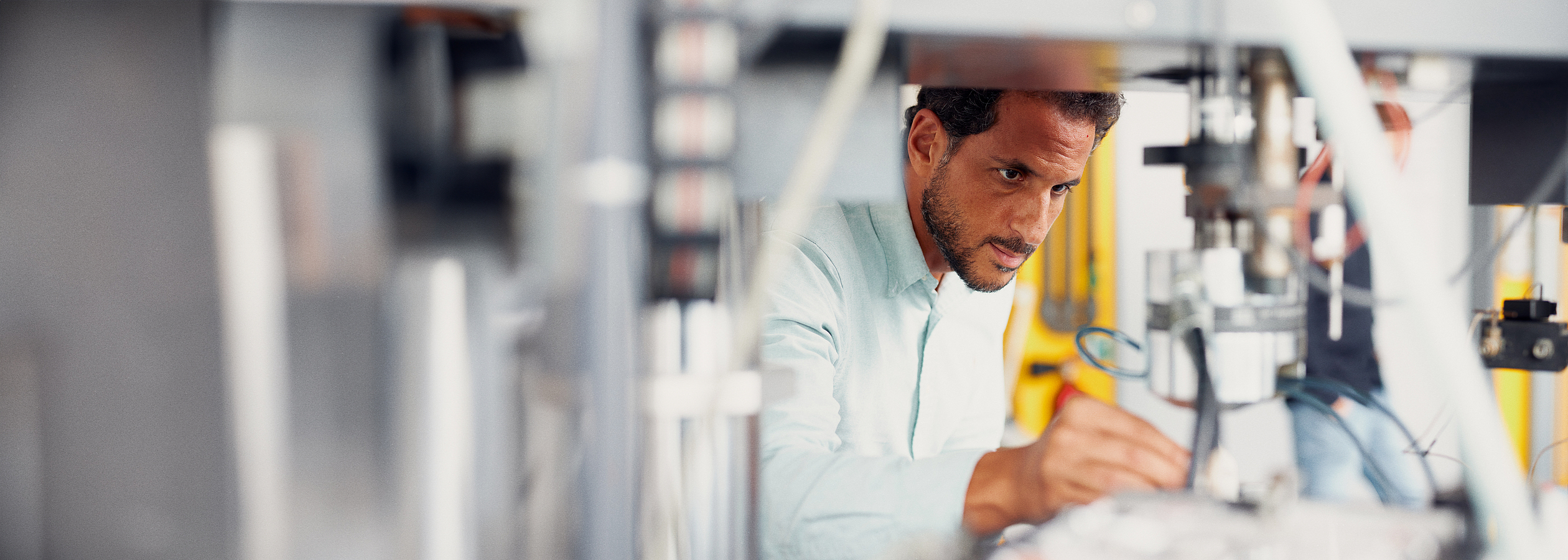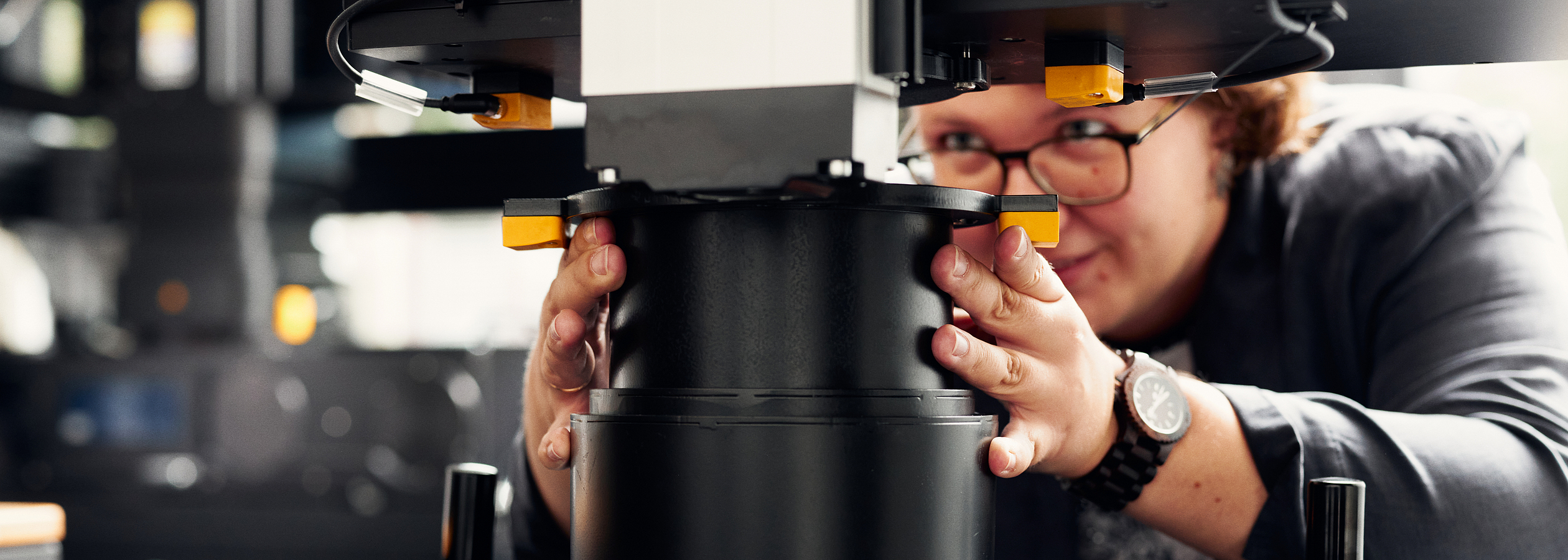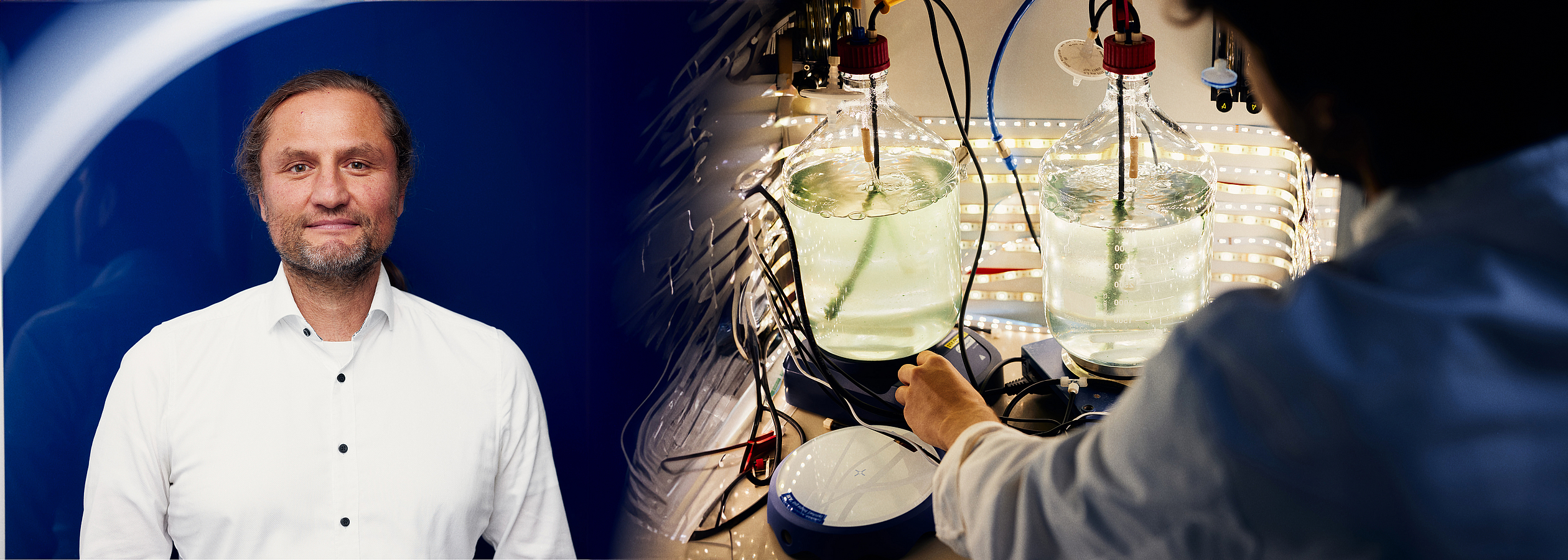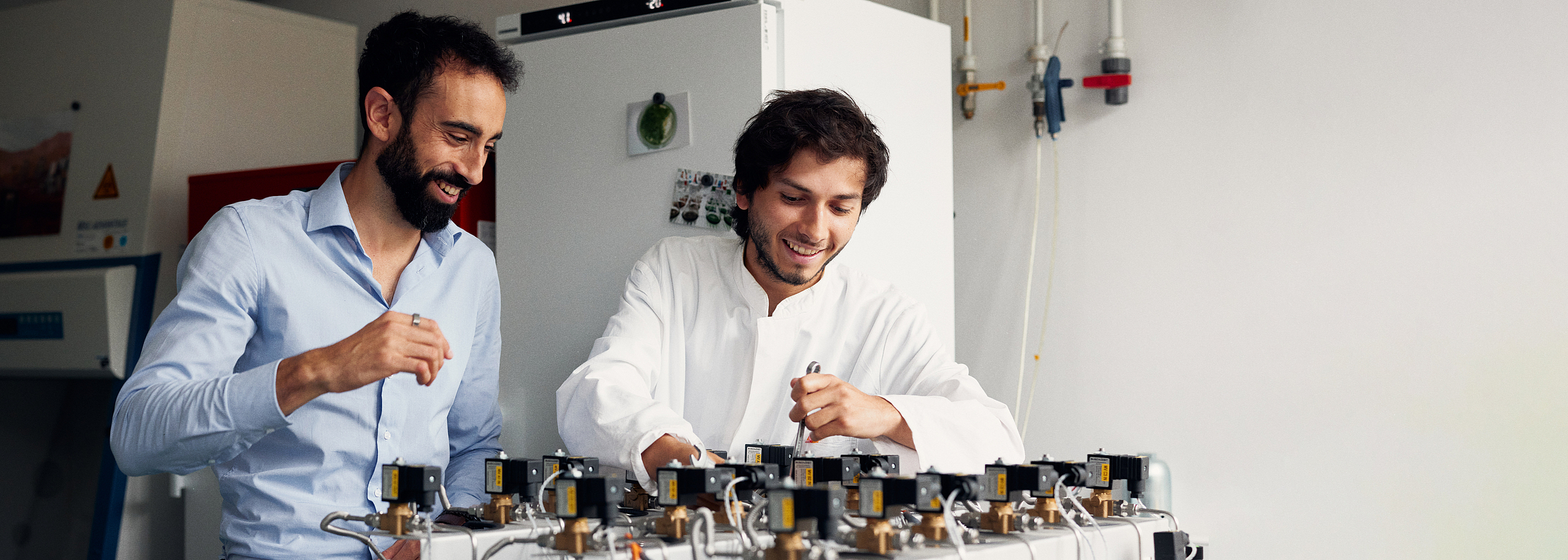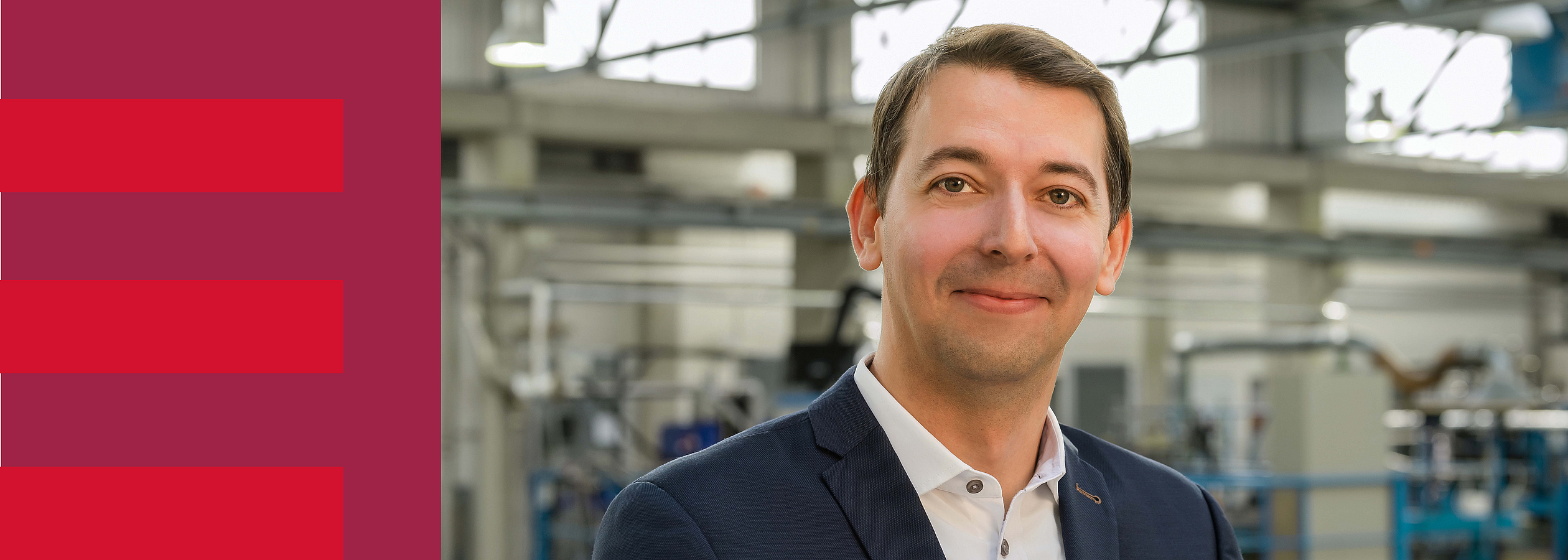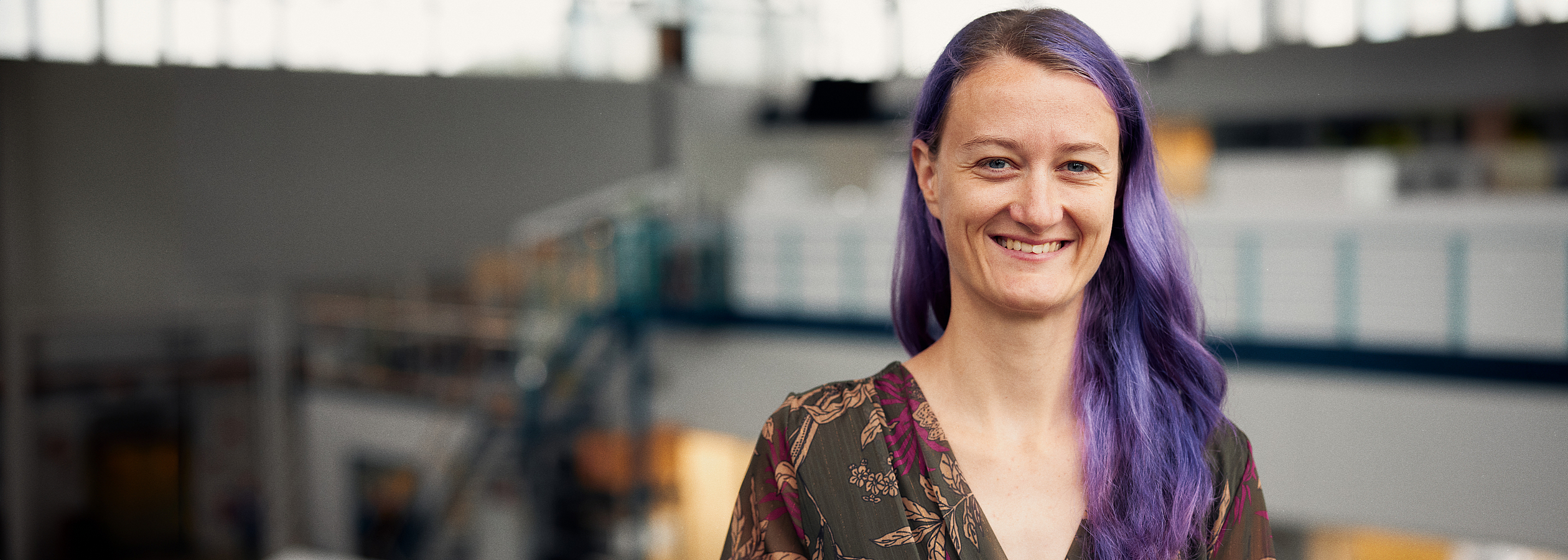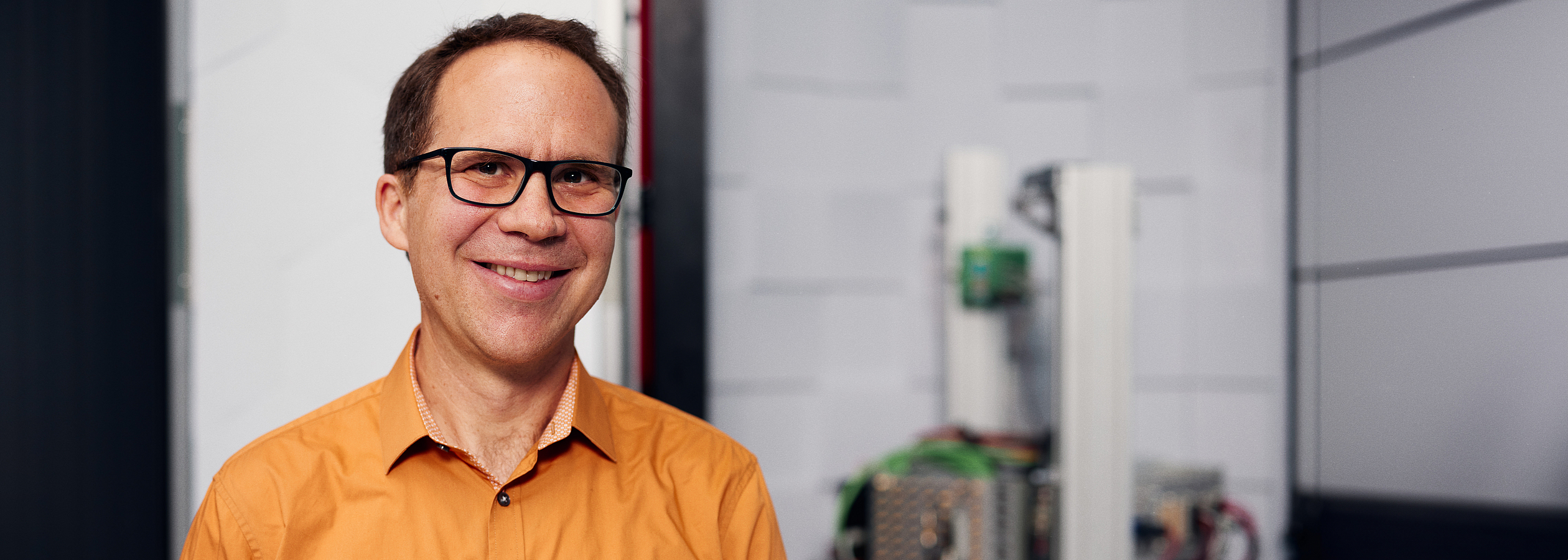
Humans on Mars Initiative
Humans on Mars
We investigate pathways toward a sustainable human exploration of Mars in seven projects funded by the State of Bremen. The projects focus on human factors, such as the interactions and communication between humans and human-machine mixed teams, on habitats and life support systems, and on the responsible extraction of local resources for the in-situ production of consumables and spare parts.
moreCluster of Excellence "The Martian Mindset"
The Cluster of Excellence “The Martian Mindset” builds on decades of scientific expertise in two of Bremen's research and transfer priority areas: Materials Science and Technologies and Aerospace Engineering. Since 2021, the “Humans on Mars” initiative has merged and enhanced this with the fields of behavioral sciences and communication technology to form an interdisciplinary consortium.
moreNews and activities


Space Hub Bremen

A reason to celebrate: 20 years of the Haus der Wissenschaft (House of Science)
Publication highlights

What do citizens expect from space?

Anaerobic digestion of cyanobacterial biomass for plant fertilizer production on Mars



